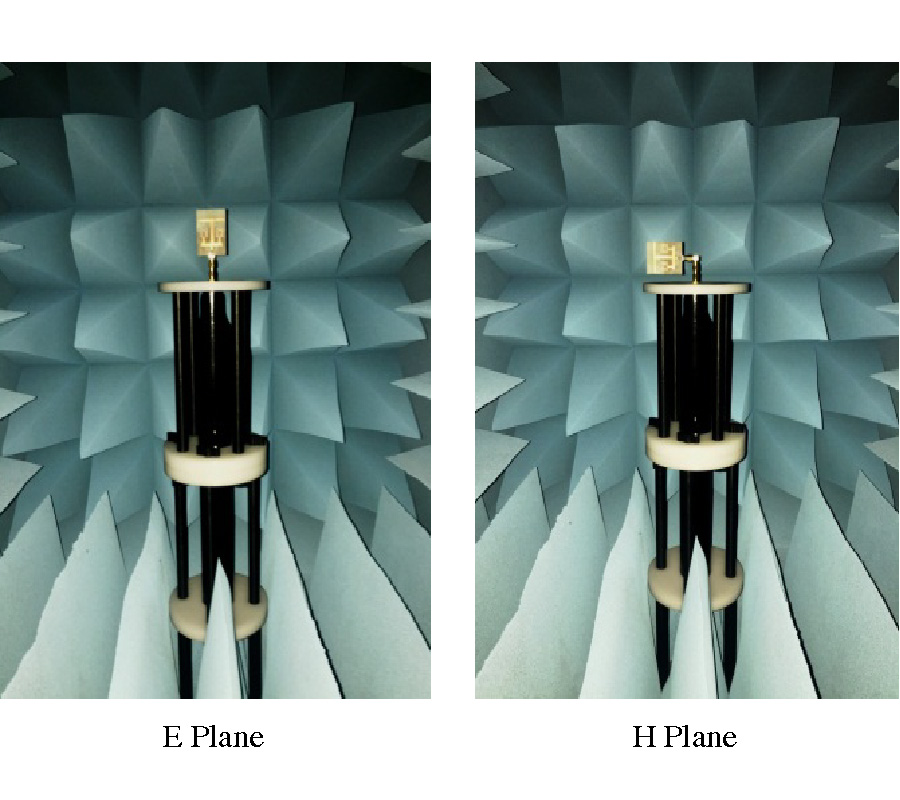Dual Circularly Polarized Crescent-Shaped Slot Antenna for 5G Front-End Systems
Naser Ojaroudi Parchin,
Haleh Jahanbakhsh Basherlou and
Raed A. Abd-Alhameed
This paper introduces a new simple-structured dual circularly polarized (CP) antenna design for fifth-generation (5G) front end systems. The antenna configuration consists of a crescent-shaped slot radiator fed by a pair of rectangular 50-Ohm microstrip lines. The antenna is designed on an FR-4 dielectric substrate with an overall size of 48 × 48 × 1.6 mm3 to operate at 3.5 GHz, a 5G candidate band. A wide dual CP characteristics supporting both left-hand circular polarization (LHCP) and right-hand circular polarization (RHCP) is achieved in the frequency of 3-4.2 GHz. In addition, the mutual coupling (S21) between two ports of the proposed antenna is better than 15 dB. A prototype sample of the proposed design is fabricated and measured to validate the design concept. The antenna offers sufficient efficiency, gain level, and axial ratio bandwidth which make it suitable for different 5G front end applications such as cognitive radio, base station, satellite communications, imaging, and radar systems.



















